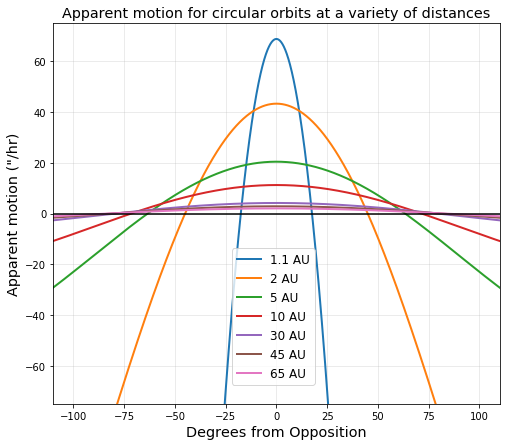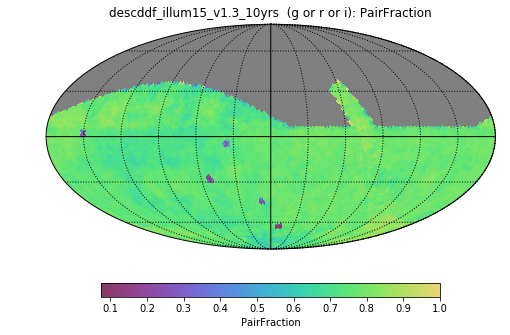As an FYI (regarding the “can you identify SSOs in a DDF” part of the question):
This is a plot of the typical motion of a solar system object at a variety of semi-major axes, while on a circular orbit.

Assuming you can see that something is moving if it moves 1/2 of the PSF in the 13 minute sequence, (and that you have a PSF of 0.7"), you could detect something moving faster than about 2"/hr – so I’d expect you can pick out most moving objects if it’s visible for at least 10 minutes or so (across the different filters).
Note that all of this gets tougher away from opposition though - in the region where objects between 2-5 AU reach turnaround (so somewhere between 50-70 degrees from opposition), a 10 minute sequence is unlikely to pick up enough movement to distinguish asteroids from transients (for at least some slice of the Main Belt population). [opposition → RA = LST at midnight … so in theory I think this translates to not avoiding DDFs when the LST at midnight is within 50-70 degrees of their RA]
Then again, most of the DDFs are not that close to the ecliptic, so the contamination from main belt objects ought to be fairly low except for those that are within ~30 degrees ecliptic latitude (and the population of everything else is just generally so much lower, I don’t think it will be a major problem).
Of course, this is all assuming you need to identify solar system objects from a single night of observations - if you only care about transients that are visible for multiple nights, this isn’t an issue because by then the asteroids will have moved on.

